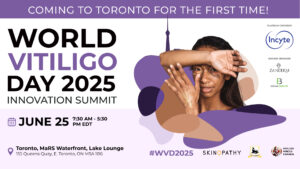Abstract
Skin cancer is a worldwide, emerging clinical need in the elderly white population, with a steady increase in incidence rates, morbidity and related medical costs. Skin cancer is a heterogeneous group of cancers comprising cutaneous melanoma and non-melanoma skin cancers (NMSC), which predominantly affect elderly patients, aged older than 65 years. Melanoma has distinct clinical presentations in the elderly patient and represents a challenging question in terms of clinical management.
NMSC includes the basal cell carcinoma and cutaneous squamous cell carcinoma and presents a wide disease spectrum in the elderly population, ranging from low-risk to high-risk tumours, advanced and inoperable disease. Treatment decisions for NMSC are preferentially based on tumour characteristics, patient’s chronological age and physician’s preferences and operational settings. Several treatment options are available for NMSC, from surgery to non-invasive/medical therapies, but patient-based factors, such as geriatric comorbidities and patient’s life expectancy, do not frequently modulate treatment goals. In melanoma, age-related variations in clinical management are significant and may frequently lead to under-treatment, limiting access to advanced surgical and medical treatments.
Clinical decision-making in the care of elderly skin cancer patient should ideally implement a geriatric assessment, prioritizing patient-based factors and efficiently differentiating fit from frail cancer patients. Current clinical practice guidelines for NMSC and melanoma only partially address geriatric aspects of cancer care, such as frailty, limited life-expectancy, geriatric comorbidities and treatment compliance.
We review the recent evidence on the scope and problem of skin cancer in the elderly population as well as age-related variations in its clinical management, highlighting the potential role of a geriatric approach in optimizing dermato-oncological care.
Author Contributions
Simone Garcovich, Giuseppe Colloca, Pietro Sollena, Bellieni Andrea, Lodovico Balducci, William C. Cho, Roberto Bernabei, and Ketty Peris




